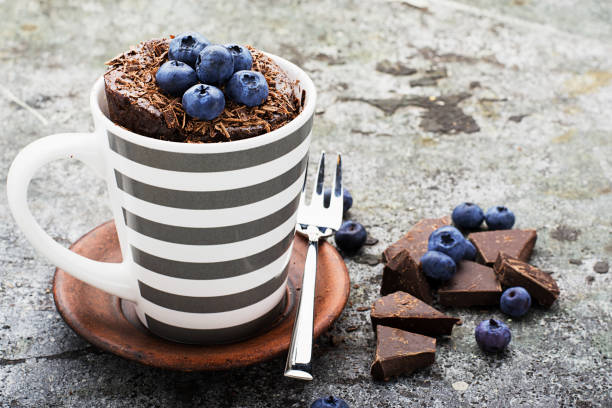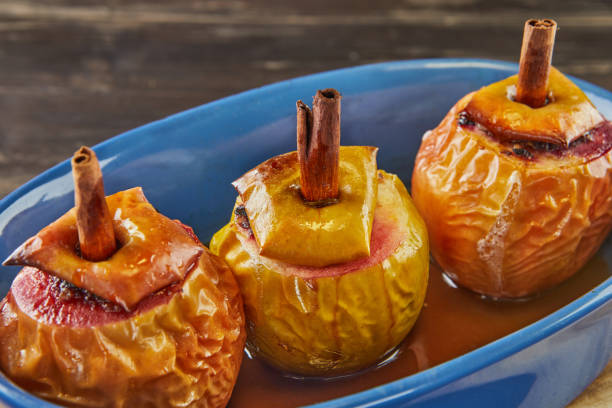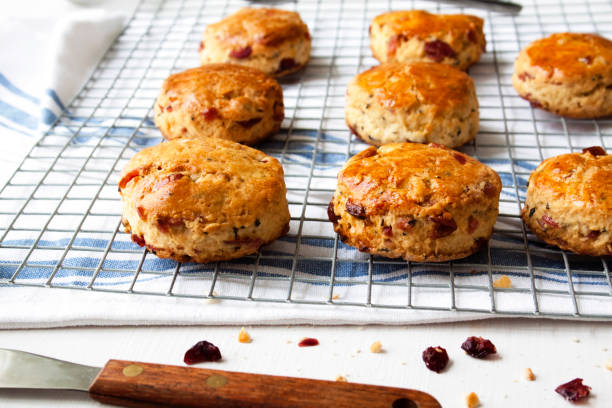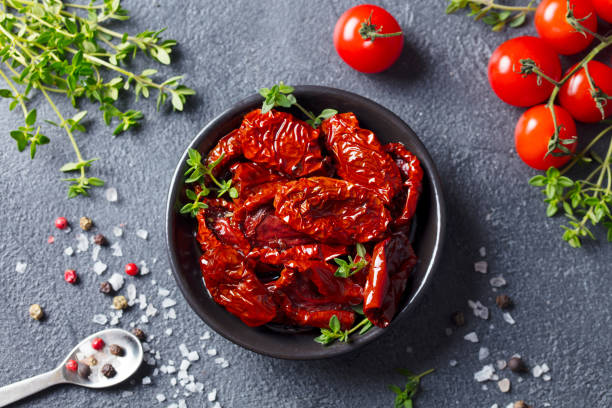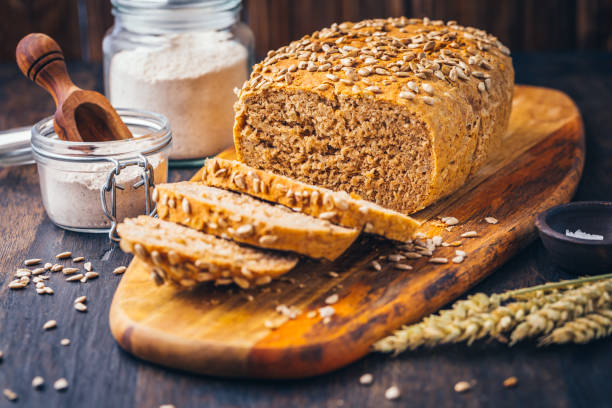Introduction: The Unique Flavor of Crocodile Meat
Crocodile meat is a unique delicacy that is becoming increasingly popular among foodies. It has a tender texture and a distinct flavor that is similar to chicken, but with a slightly gamey taste. Crocodile meat is also low in fat and high in protein, making it a healthy alternative to beef or pork.
One of the best ways to enjoy crocodile meat is by making a juicy crocodile burger patty. Not only is it delicious, but it is also a great way to introduce this exotic meat to those who may be hesitant to try it. With the right recipe and toppings, you can create a mouth-watering dish that will have everyone asking for seconds.
Recipe: How to Make a Juicy Crocodile Burger Patty
To make a juicy crocodile burger patty, start by purchasing high-quality crocodile meat from a reputable supplier. You can use either ground crocodile meat or finely chopped crocodile meat for your patty.
In a mixing bowl, combine the crocodile meat with bread crumbs, minced garlic, chopped onions, salt, pepper, and your favorite seasonings. Mix well and form into patties. Heat a skillet over medium-high heat and cook the patties for 4-5 minutes on each side or until cooked through.
Make sure to handle the crocodile meat with care and follow proper food safety guidelines. The internal temperature of the meat should reach 160°F to ensure it is safe for consumption.
Serving Suggestions: Toppings and Condiments for the Perfect Crocodile Burger
The toppings and condiments you choose for your crocodile burger can make all the difference in its flavor. Try adding sliced avocado, caramelized onions, bacon, or a fried egg on top of your patty. You can also use a variety of sauces, such as BBQ sauce, aioli, or spicy mayo to enhance the taste of your burger.
Don’t forget to choose the right type of bun, too. A soft brioche bun or a sturdy sourdough bun will hold up well against the juiciness of the crocodile patty and all the toppings.
In conclusion, a crocodile burger is a unique and delicious way to enjoy this exotic meat. By following the right recipe and using your favorite toppings and condiments, you can create a mouth-watering dish that will have everyone talking. Give it a try and add some adventure to your next meal!



